Young at Heart
March 9, 2015
A Brookline, Massachusetts, house looks every bit the grand old nineteenth-century home it once was—until you get to the front door.
Text by Erin Marvin Photography by Eric Roth

At first glance this picturesque Italianate-style house perched atop a knoll in Brookline, Massachusetts, would seem perfectly at home in the nineteenth century. Today’s passerby might well assume the building had long since been lovingly restored to its former 1855 glory, and that the interiors within followed suit.
One would be forgiven for jumping to conclusions that the building has been around for centuries. Architects Pamela Butz and Jeffrey Klug, of Boston-based Butz+Klug Architecture, might even encourage such an assumption, perhaps taking it as a compliment.
After all, they were initially hired by the owner for a simple home renovation—until they discovered that the original building was in far worse condition than they’d realized. A complete teardown was briefly entertained, but the neighborhood had recently lost a handful of houses from the same period, so the pair wanted to do their part to help preserve Brookline’s architectural legacy.
Instead, they embarked on a lengthy gut renovation, taking out floors, walls, and everything but the shell itself, constructing a whole new building within. Unfortunately, when the time came to reattach the inside structure to the outside shell, the latter turned out to be far too unstable; they ended up reconstructing the exterior, as well. So, historic as the house appears, nearly everything you see today is new.
Butz and Klug took great care to mimic the architectural details of the original Victorian-era dwelling. Only the most astute observer would note that the windows are new, or that the white brackets running beneath the overhung roofline and the way the corners run into the pediment might not be original. Although much of the structure is technically new construction, the building’s spirit and exterior facade remain true to its past.
There are some places where the architects took liberties to ensure that the home—while still an homage to the neighborhood’s history—would better suit the lifestyle of its twenty-first–century owner. Nods to more modern times include a concrete, wood, and glass entrance tucked away on the side of the house, and a long, screened-in loggia lined with mahogany columns that encourages a stronger indoor/outdoor connection.
Energy efficiency was an important theme, and much care was taken with the insulation and systems to make the house the first of its era to conform to Brookline’s Stretch Energy Code.
This new-old house has both style and substance. The chartreuse front door makes a bold statement, and is a proper welcome to the home’s interior design scheme—a surprising modern juxtaposition to its historically sensitive exterior.
Inside, references to the nineteenth century are few and far between. Instead, the interior decor is clean and contemporary, though anything but severe, thanks to a palette, textures, and materials that add both style and warmth. “The owner was very involved in color and material choices,” says Klug. “He did a lot of research and reflection on it and was sensitive to colors and textures.”
While a calm, neutral palette predominates, audacious strokes of color turn up in well-chosen places. In addition to the chartreuse front door, there’s an equally bright green-tiled shower, shiny lacquered orange kitchen cabinets, and a deep red accent wall in the master bedroom. “The homeowner loved finding moments in the house where the colors were bold but made sense in the overall scheme of things,” says Klug. “He would rather err on the side of boldness than be subtle.”
“He didn’t want it to be too traditional,” adds Butz. “He wanted to have a little bit of fun.”
Textures throughout the house are more subtle but no less special. One end of the kitchen island is layered concrete that, rather than looking hard, was poured in a way that feels almost soft. The trunk of an old walnut tree from Vermont has been given new life as a wall-mounted table that serves family and friends. Hole-punched, galvanized steel shields large appliances from view, but easily retracts back into the wall when it’s time to use them. A hide rug in the master bedroom and shaggy pillows in the living room add a dose of fun (and comfort).
White oak floors throughout the rooms are the same wood as would likely have been found underfoot in the original house; in the kitchen they are wide-plank and wire-brushed, in the living room inlaid in a herringbone pattern. Mahogany, teak, marble, glass, and stainless steel all have their places here as well.
The landscape also plays an important role inside the house, and Butz and Klug took care to marry indoors and out whenever possible. “The whole property itself is quite beautiful,” says Butz, who hints that—although there’s no record—the famed landscape architect Frederick Law Olmsted may have had a role in the yard’s design.
The interior had what Butz calls limited framed views of the gardens. “The client wanted a better connection with the exterior landscape,” she says. She and Klug achieved that through copious windows, French doors, spatial connections across the house, and skylights. The orange accent color in the kitchen was chosen because, as a complement to green, it would best accentuate the leafy landscape filling the double-hung windows. In the living room, French doors open to a wide terrace for sitting and enjoying the view. At the top of the stairs, a skylight retracts completely to remove any barrier to the sky. “It’s almost like a James Turrell skyspace,” notes Klug.
“To see where the house has been and what it has become—and how it essentially unites and doesn’t ignore its historic beginnings—I think it’s a better design with our intervention,” says Butz. “It was all sort of there, but we had to unmask it.” •
Architecture and Interior Design: Pamela Butz and Jeffrey Klug, Butz+Klug Architecture
Builder: Bay Point Builders
Share
![NEH-Logo_Black[1] NEH-Logo_Black[1]](https://b2915716.smushcdn.com/2915716/wp-content/uploads/2022/08/NEH-Logo_Black1-300x162.jpg?lossy=1&strip=1&webp=1)













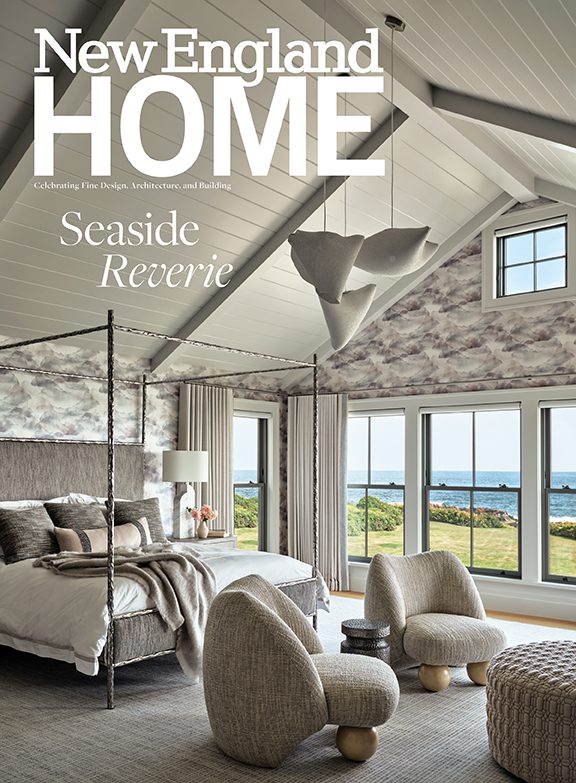
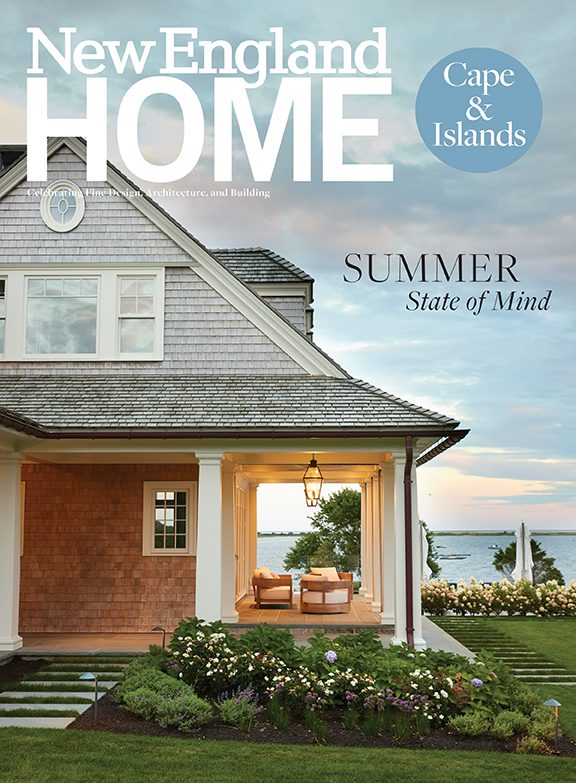
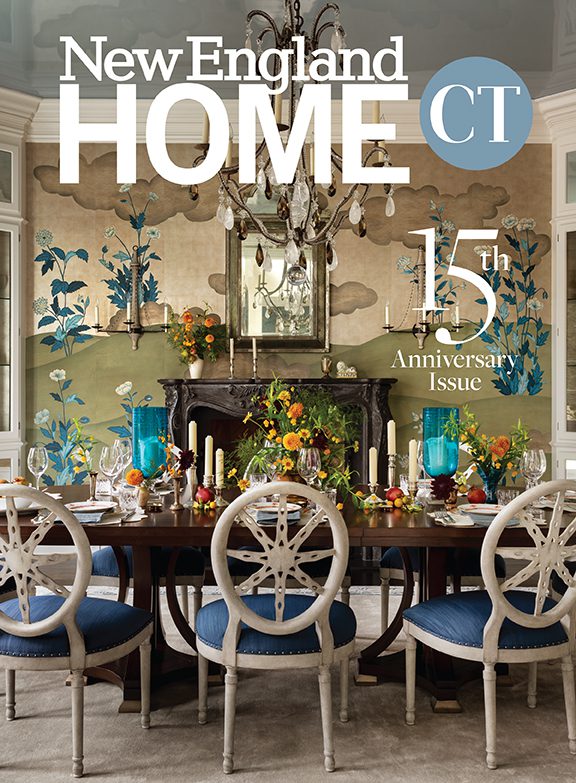
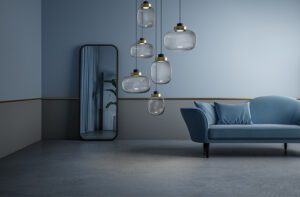
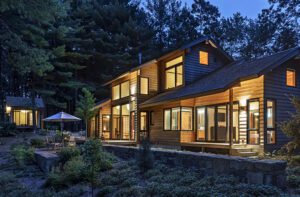
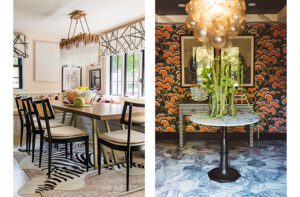
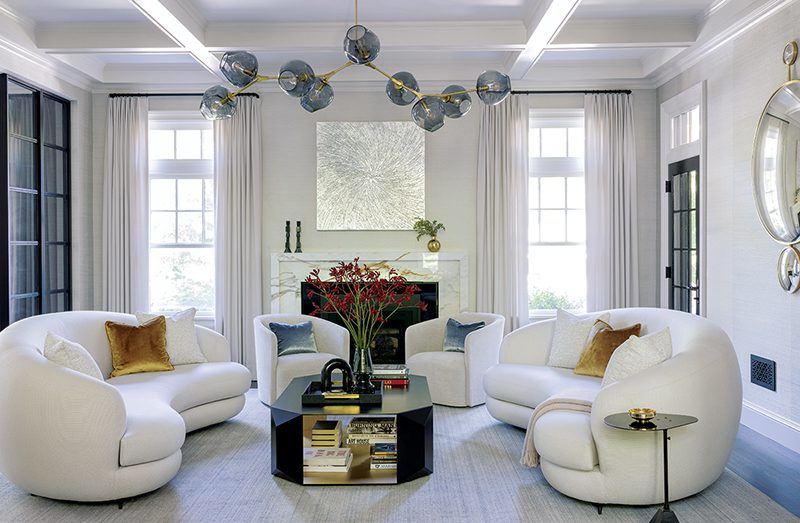
You must be logged in to post a comment.